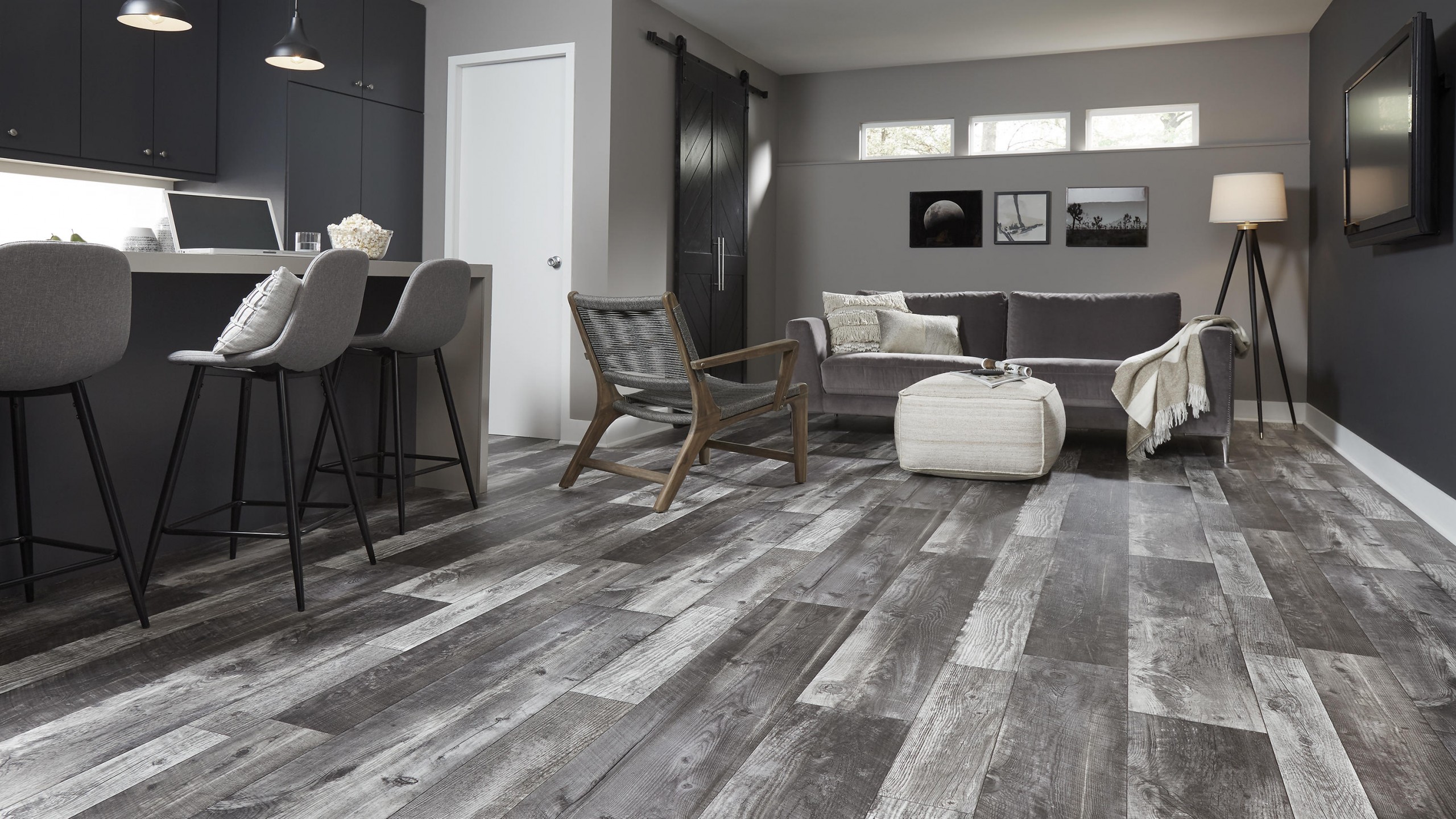
The Sustainability of Vinyl Flooring
Vinyl flooring is everywhere. You’ve probably seen it at your favorite box store. You’ve definitely seen it if you’ve been to an upscale hotel recently. More and more, vinyl is becoming the material of choice in retail, hospitality and other sectors.
Indeed, the luxury vinyl tile (LVT) market has grown by double digits in recent years. And there are good reasons why businesses and commercial builders are turning to LVT and other vinyl flooring options. It’s all about design, ease of use, performance, and sustainability.
“Driven by demand from designers, vinyl flooring is available in a wide range of colors, patterns, and shades.”
–Dhruv Raina, Tarkett USA
Three practical reasons to choose vinyl flooring.
But design without function isn’t enough – and vinyl flooring is a cost-effective option in hotels and other public spaces which typically want to renovate and update the décor on a regular basis. It’s easy to install – and easy to maintain. Vinyl flooring can withstand water and moisture so cleaning is simple. Plus it’s an excellent choice for basements and other areas where flooding can be a problem.
Here’s why vinyl flooring is a sustainable choice.
In addition to its design and performance attributes, vinyl flooring offers architects and designers a sustainable option for healthy buildings. For one thing, PVC is highly sustainable from a material health perspective. Leading flooring brands moved away years ago from heavy metal stabilizers and orthophthalate plasticizers. They also reduced volatile organic compounds (VOC) emissions below most stringent green building standards and implemented takeback programs to reclaim flooring and enable a circular economy. From a planetary health perspective, the embodied carbon footprint of vinyl flooring—the amount of CO2 emitted during manufacturing, transportation, and construction—is less than 1 percent of a whole building’s embodied carbon.
Vinyl’s small footprint is due to both its inherent properties and the fact that the industry has a long track record of innovation, including the abilities to recycle products and develop smarter manufacturing processes.
Giving old flooring a new life.
Vinyl flooring is also a sustainable choice because it can effectively be recycled—giving the old materials new life in new floors. Vinyl Sustainability Council member Tarkett USA, for example, has a takeback program in which the company recycles and reuses a growing percentage of the vinyl composite and luxury vinyl tiles that it sells in the commercial sector.
Dhruv Raina, Tarkett USA’s product stewardship director, explained that the company works through its dealer network to retrieve old vinyl flooring as it is pulled up. The flooring is brought back to a warehouse; truckloads are then brought back for recycling at the company’s Florence facility.
As an example, Raina pointed to the company’s relationship with a mega-retailer.
“Between 2010–2013, a large retail customer was undergoing significant store renovations. Tarkett would collect the vinyl composite tile (VCT) from the stores and bring it back,” said Raina. “The tile was then recycled and reused to make new VCT.” Raina added that 100% of luxury vinyl tile can be recycled. That, coupled with vinyl’s low carbon footprint, adds up to a sustainable flooring option for your next commercial project.
